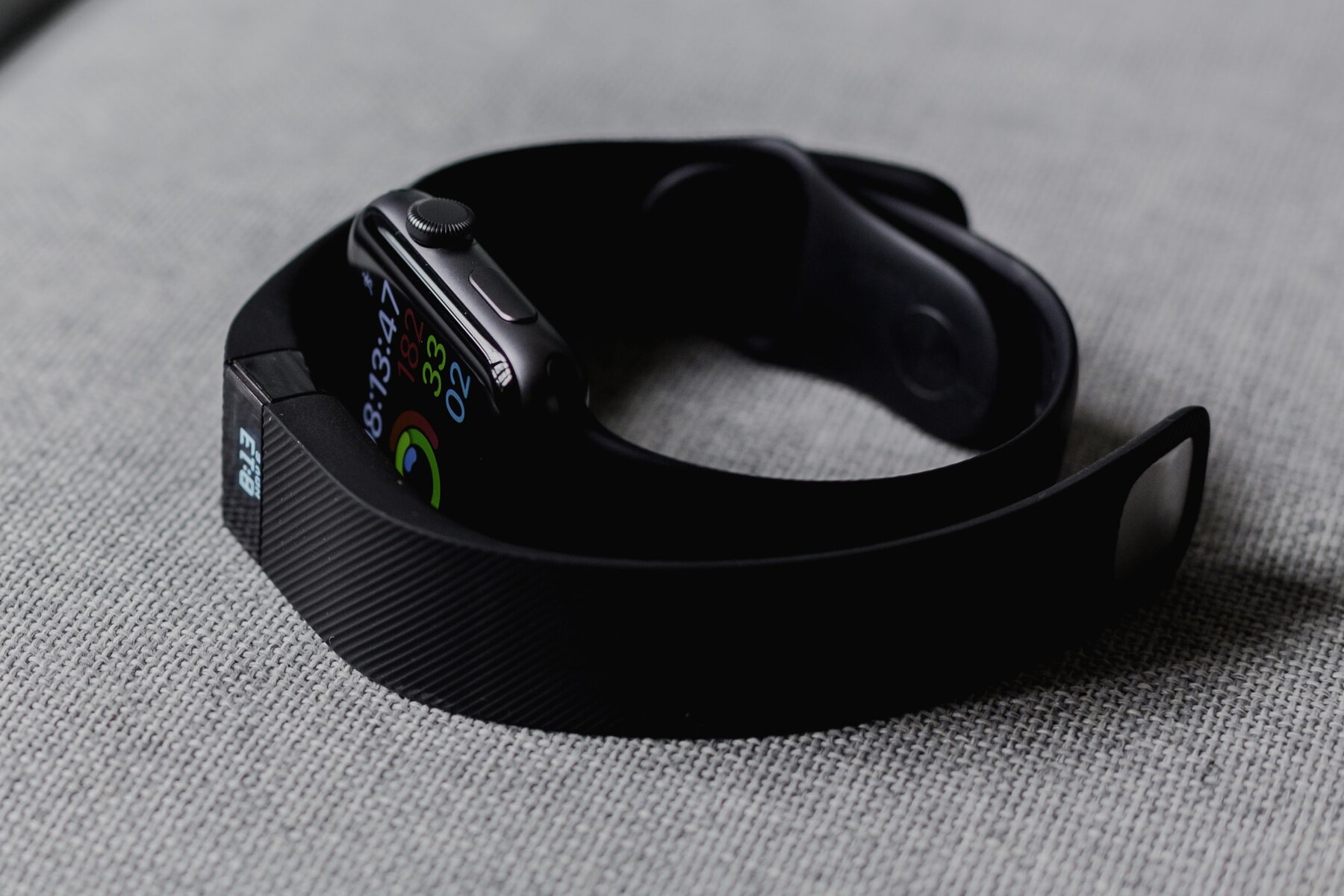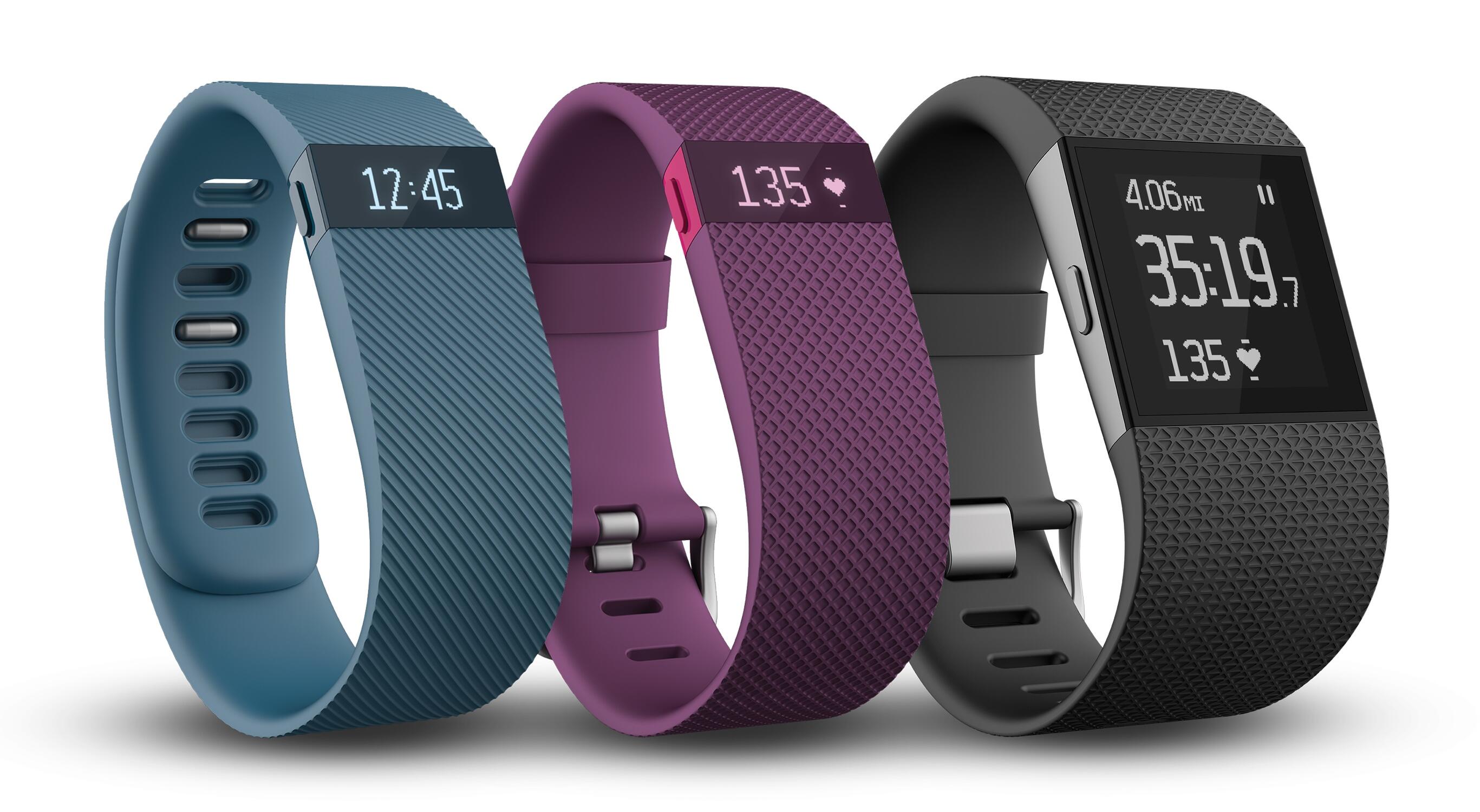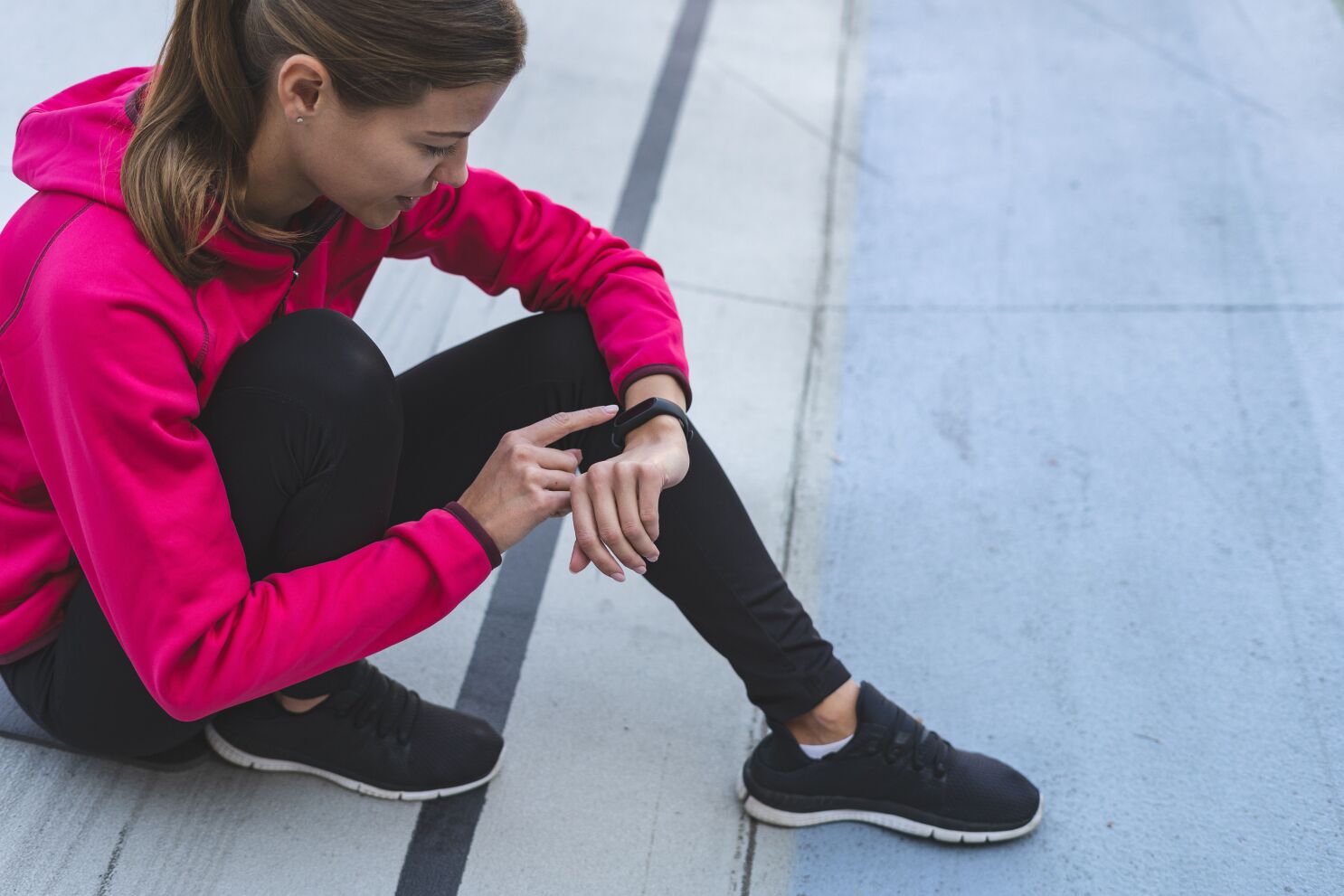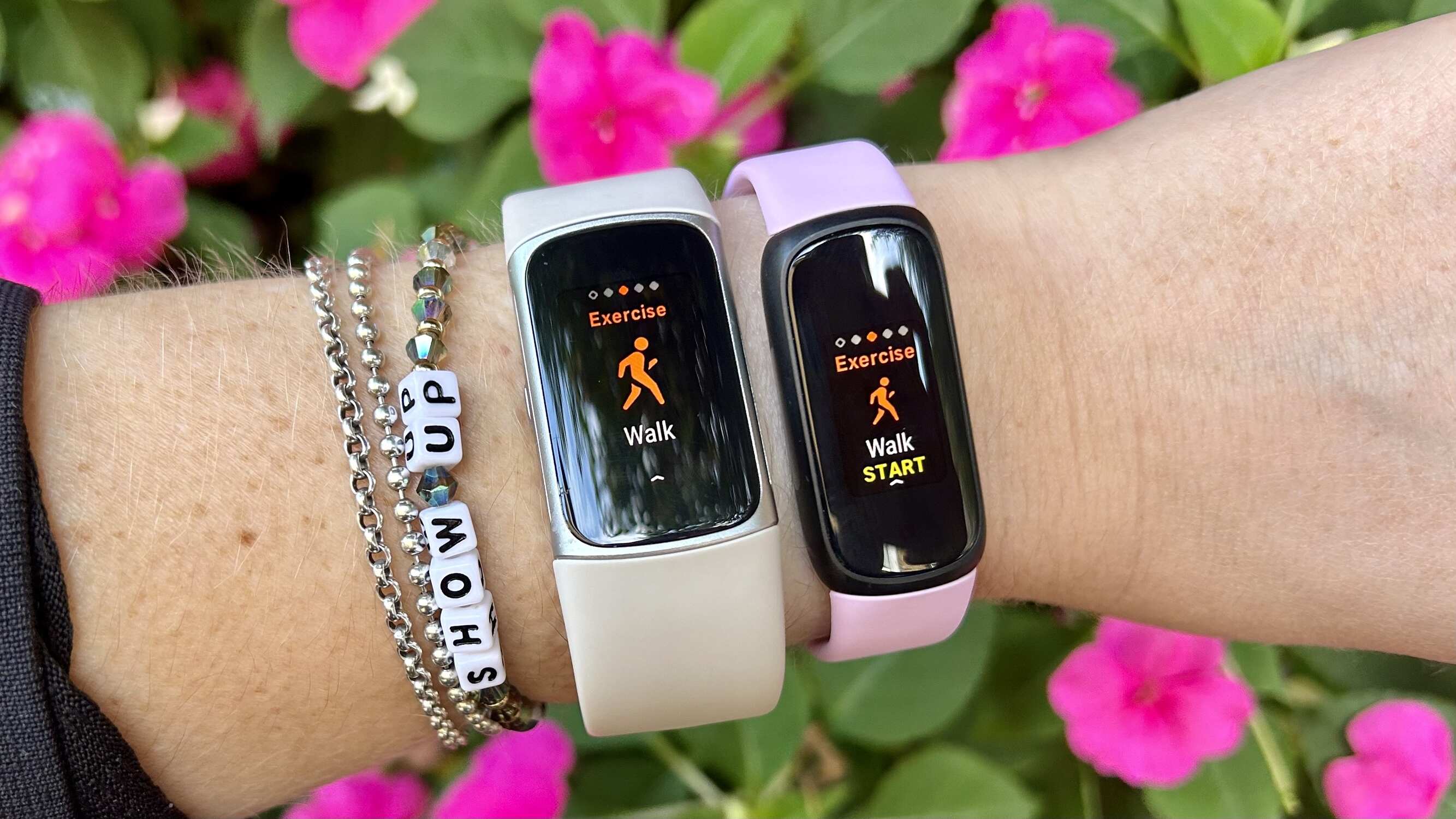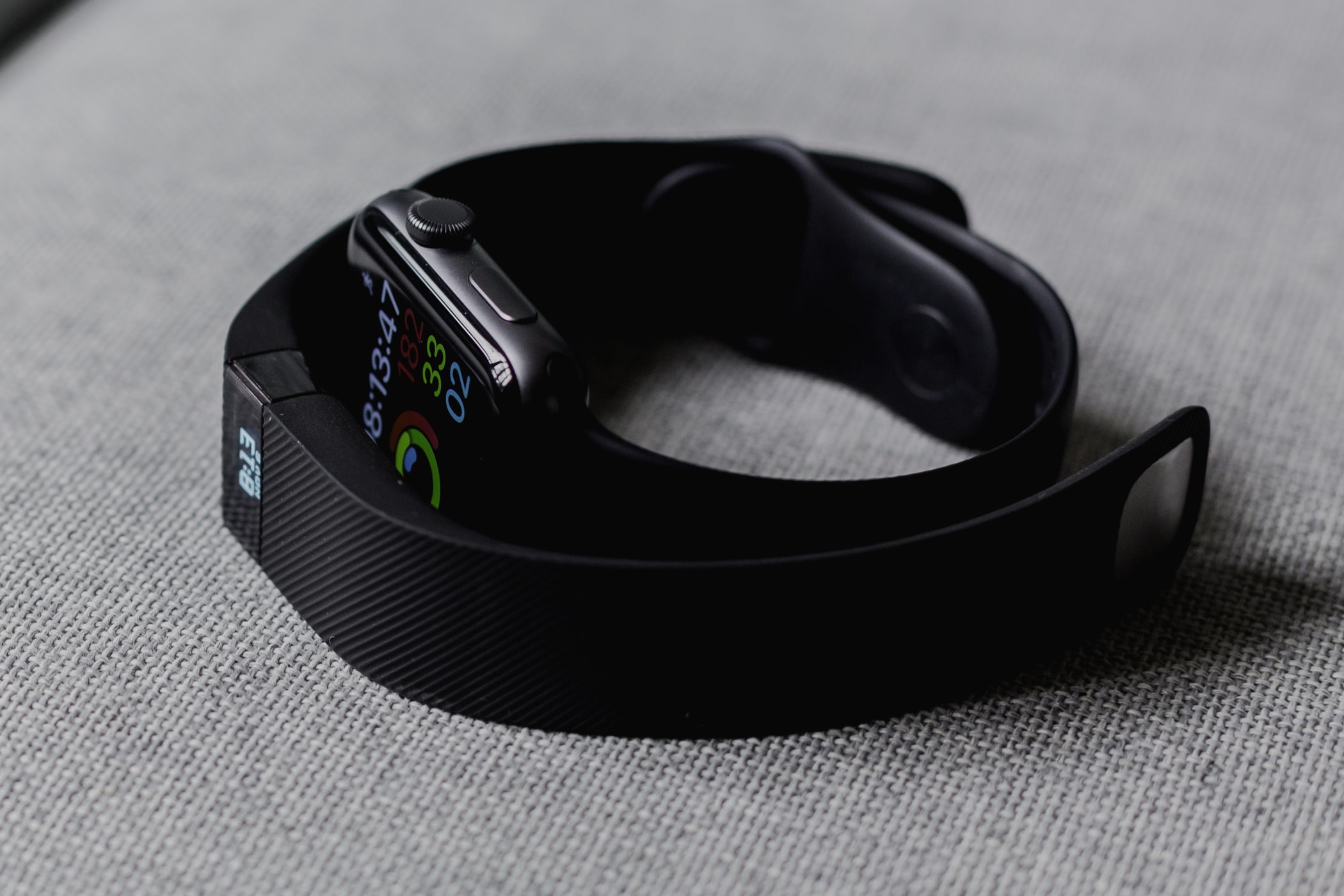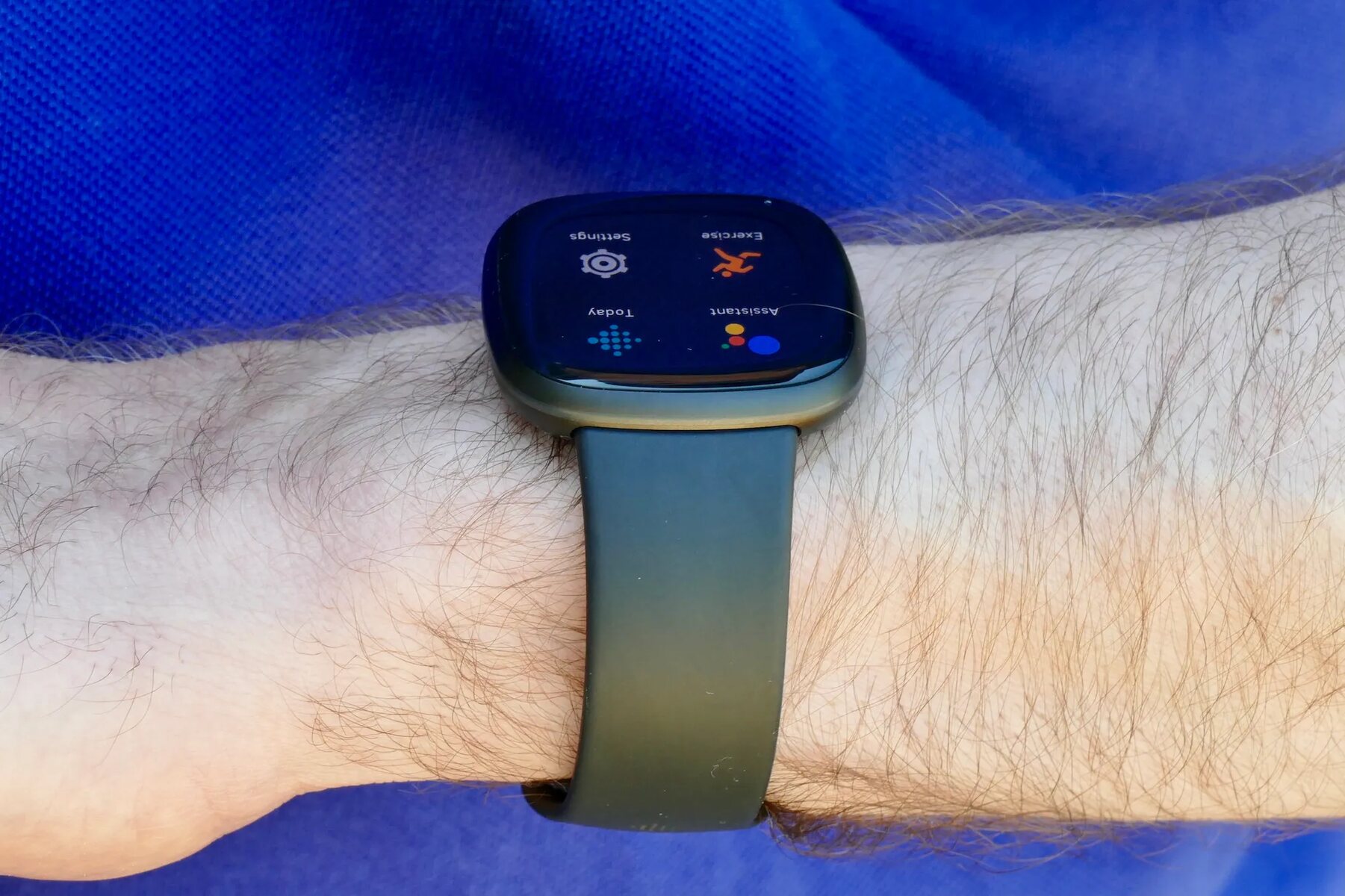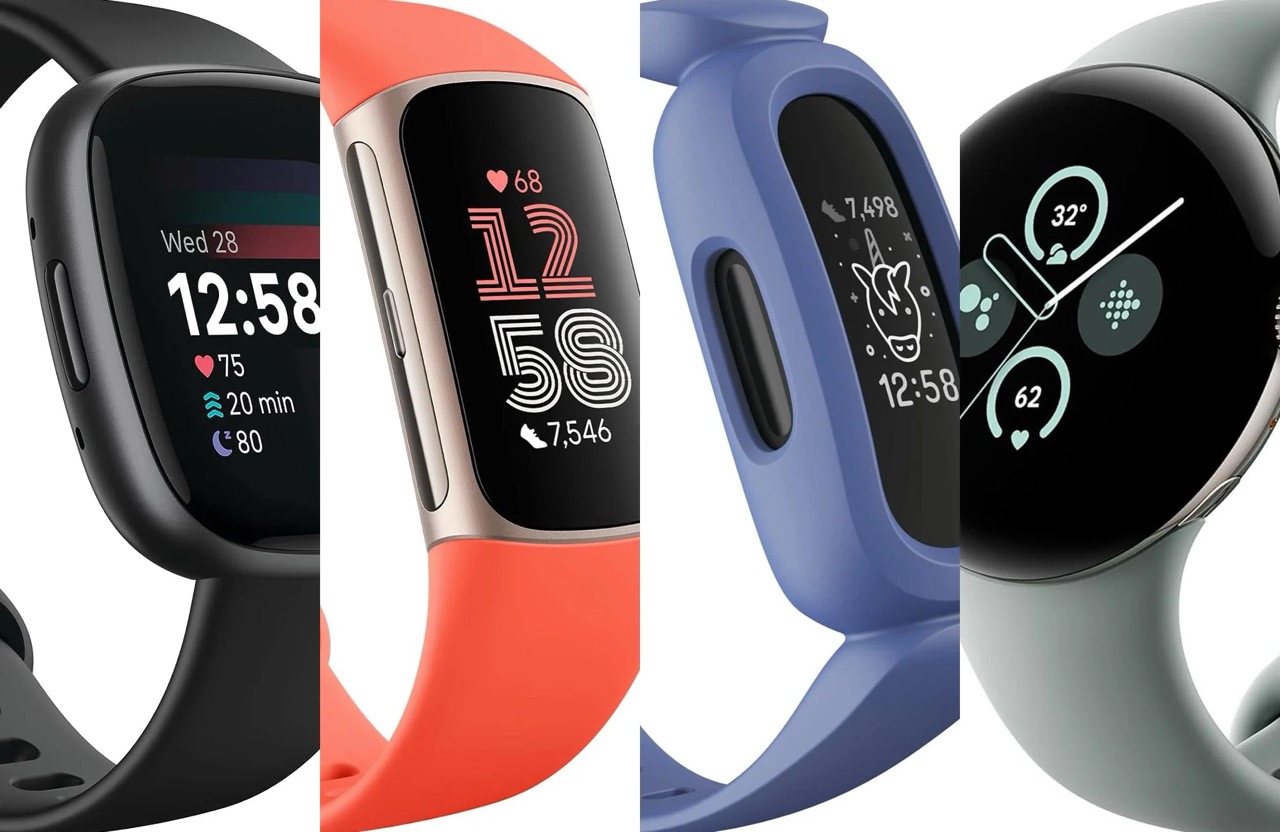Introduction
Understanding the intricacies of stride length is pivotal in optimizing the accuracy of your Fitbit's step tracking. Whether you're an avid runner, a casual walker, or someone who simply aims to achieve their daily step goal, comprehending the concept of stride length can significantly enhance the precision of your fitness tracking. By delving into the nuances of stride length and its relationship with Fitbit, you can gain valuable insights into maximizing the efficiency of your wearable device.
A clear comprehension of stride length empowers you to harness the full potential of your Fitbit, enabling it to accurately capture your physical activity and provide you with meaningful data to support your fitness journey. This article will delve into the depths of stride length, elucidating its significance in the realm of wearable technology and how it directly impacts the functionality of your Fitbit.
Understanding your stride length and its impact on your Fitbit's step tracking capabilities is essential for anyone seeking to optimize their fitness routine. By exploring various methods for determining stride length and leveraging Fitbit's features to monitor and improve step precision, you can elevate the effectiveness of your workouts and daily activity tracking. Let's embark on this enlightening journey to unravel the intricacies of stride length and its pivotal role in enhancing the performance of your Fitbit.
Understanding Stride Length
Stride length, in the realm of fitness and wearable technology, refers to the distance covered when taking a single step. It is a fundamental metric that varies from person to person and is influenced by factors such as height, leg length, and running/walking technique. Understanding your stride length is crucial as it directly impacts the accuracy of step tracking on your Fitbit device.
For runners and walkers alike, stride length plays a significant role in determining the distance covered during each workout session. It is essentially the measurement from the heel strike of one foot to the subsequent heel strike of the same foot. This metric is not fixed and can fluctuate based on factors such as speed, terrain, and individual gait patterns.
The relationship between stride length and step tracking is intricate. Fitbit devices utilize algorithms to estimate the number of steps taken by analyzing motion patterns. By understanding your stride length, you can enhance the accuracy of step tracking, ensuring that each step is duly recorded. This is particularly important for individuals who rely on their Fitbit to monitor their daily activity levels and progress towards fitness goals.
It's important to note that stride length is not a static measurement. It can vary between activities such as walking and running. When walking, the stride length is typically shorter compared to running, as the pace is slower. As a result, understanding the nuanced differences in stride length for various activities can aid in refining the precision of step tracking on your Fitbit.
Moreover, stride length is influenced by biomechanical factors and individual variations. Factors such as leg length, hip mobility, and running technique can all impact stride length. For instance, individuals with longer legs may naturally have a longer stride length compared to those with shorter legs. Similarly, the running technique, including stride frequency and foot strike pattern, can also influence the overall stride length.
In summary, understanding stride length is pivotal for optimizing the accuracy of step tracking on your Fitbit. It is a dynamic metric influenced by various factors, and comprehending its nuances can empower you to make the most of your Fitbit device, ensuring that your physical activity is accurately captured and reflected in your fitness data.
Importance of Stride Length for Fitbit
Understanding the importance of stride length is paramount in maximizing the functionality of your Fitbit. This crucial metric directly influences the accuracy of step tracking, making it indispensable for individuals relying on their Fitbit to monitor their daily physical activity. By comprehending the significance of stride length, users can ensure that their Fitbit provides precise and reliable data, empowering them to make informed decisions regarding their fitness goals and overall well-being.
The accuracy of step tracking on Fitbit devices hinges on the device's ability to interpret motion patterns and translate them into step counts. Stride length plays a pivotal role in this process, as it directly impacts the estimation of the distance covered with each step. By understanding and inputting an accurate stride length, users enable their Fitbit to more effectively discern individual steps, resulting in more precise step tracking.
Moreover, an awareness of stride length allows users to tailor their Fitbit experience to their specific gait and movement patterns. This customization ensures that the device accurately captures their physical activity, whether it's walking, running, or engaging in other forms of exercise. By inputting the correct stride length, users can trust that their Fitbit is providing them with comprehensive and reliable data, strengthening their confidence in the device's ability to support their fitness endeavors.
Additionally, for individuals focused on improving their running performance, stride length assumes even greater significance. By accurately determining and monitoring their stride length, runners can gain valuable insights into their running efficiency, cadence, and overall gait dynamics. This information, when coupled with the advanced tracking capabilities of Fitbit, enables runners to make targeted adjustments to their training regimens, ultimately enhancing their performance and reducing the risk of overexertion or injury.
In essence, the importance of stride length for Fitbit transcends mere data input; it directly influences the device's ability to provide users with meaningful and accurate fitness metrics. By recognizing the impact of stride length on step tracking and overall activity monitoring, users can harness the full potential of their Fitbit, leveraging its capabilities to optimize their fitness routines and achieve their wellness objectives.
Methods for Determining Your Stride Length
Determining your stride length is a pivotal step in optimizing the accuracy of your Fitbit's step tracking. Fortunately, several methods can aid in accurately establishing your stride length, empowering you to fine-tune your Fitbit experience and ensure precise activity monitoring.
Manual Measurement
One effective method for determining your stride length is through manual measurement. This involves marking a starting point on the ground, taking a known number of steps, and then measuring the distance covered. By dividing the total distance by the number of steps taken, you can derive an average stride length. It's advisable to repeat this process multiple times and take an average to enhance accuracy.
Running Track or Treadmill
Utilizing a running track or treadmill presents a controlled environment for stride length determination. By running a known distance and counting the number of strides taken, you can calculate your stride length. Treadmills, with their consistent surface and speed settings, offer a convenient platform for this method.
Footwear Imprint
Another approach involves creating a footwear imprint on a flat surface. By moistening the sole of your shoe and taking a step onto a piece of paper, you can capture the imprint of your stride. Measuring the distance from the heel to the toe imprint provides an approximation of your stride length.
Fitbit's Auto Stride Feature
Fitbit also offers an "Auto Stride" feature, which uses advanced algorithms to estimate stride length based on user data and motion patterns. By engaging in various physical activities while wearing your Fitbit, the device can analyze your movement and calculate an average stride length over time. While this feature provides automated convenience, manual verification of the calculated stride length is recommended for accuracy.
Mobile Apps and Wearable Tech
Several mobile apps and wearable devices are designed to measure stride length using built-in sensors and GPS technology. These tools can provide detailed insights into stride length variations across different activities, aiding in comprehensive fitness tracking and performance analysis.
By leveraging these methods, individuals can accurately determine their stride length, enabling them to input precise data into their Fitbit devices. This, in turn, enhances the accuracy of step tracking and overall activity monitoring, empowering users to make informed decisions regarding their fitness routines and wellness goals.
Using Fitbit to Track Your Stride Length
Utilizing your Fitbit to track your stride length is a seamless and insightful process that can significantly enhance the accuracy of your activity monitoring. Fitbit devices offer various features and functionalities that enable users to input and leverage their stride length, thereby refining the precision of step tracking and performance analysis.
Fitbit allows users to manually input their stride length through the device settings or accompanying mobile app. This manual input feature empowers individuals to customize their Fitbit experience based on their unique gait dynamics and movement patterns. By accurately inputting their stride length, users ensure that their Fitbit device interprets their steps with enhanced precision, resulting in more accurate activity tracking.
The "Auto Stride" feature offered by Fitbit is particularly noteworthy, as it leverages advanced algorithms to estimate stride length based on user data and motion patterns. By engaging in various physical activities while wearing the Fitbit, the device continuously analyzes movement and calculates an average stride length over time. This automated approach provides users with a convenient means of tracking their stride length without the need for manual input, offering a seamless experience for activity monitoring.
Furthermore, Fitbit's comprehensive activity tracking capabilities extend to various forms of exercise, including walking, running, and other physical activities. By accurately tracking stride length, users can gain valuable insights into their performance metrics, such as distance covered, pace, and overall movement efficiency. This information equips users with a deeper understanding of their physical activity, empowering them to make informed decisions regarding their fitness routines and wellness objectives.
In addition to stride length tracking, Fitbit devices offer detailed activity summaries and performance analytics, providing users with a comprehensive overview of their fitness endeavors. By incorporating stride length data into these insights, users can gain a holistic understanding of their activity levels and make adjustments to their routines for optimal results.
In essence, leveraging Fitbit to track your stride length is a pivotal step in maximizing the accuracy and effectiveness of your activity monitoring. By utilizing the device's features for stride length input and analysis, users can fine-tune their Fitbit experience, ensuring that their physical activity is accurately captured and reflected in their fitness data.
Tips for Improving Step Precision
Enhancing step precision is pivotal for maximizing the effectiveness of your Fitbit's activity tracking capabilities. By focusing on improving step precision, users can ensure that their daily physical activities are accurately recorded and reflected in their fitness data. Here are some valuable tips to elevate step precision and optimize the functionality of your Fitbit:
-
Regular Calibration: Periodically calibrating your Fitbit device can significantly enhance step precision. This involves verifying and adjusting the inputted stride length to align with any changes in your gait dynamics or movement patterns. By ensuring that the device's settings accurately reflect your stride length, you can improve the overall precision of step tracking.
-
Focus on Consistent Stride Length: Striving to maintain a consistent stride length during walking and running activities can aid in improving step precision. By consciously monitoring and adjusting your stride length to be as consistent as possible, you provide your Fitbit with reliable data for more accurate step tracking.
-
Utilize GPS Tracking: For outdoor activities such as running or hiking, leveraging GPS tracking features on your Fitbit can enhance step precision by capturing more detailed movement data. GPS tracking provides insights into the specific distances covered and can complement the device's step tracking functionality, resulting in more comprehensive activity monitoring.
-
Incorporate Cross-Training: Engaging in diverse physical activities, such as cycling, swimming, or strength training, can contribute to overall step precision. Cross-training not only diversifies your fitness routine but also provides a holistic perspective on your physical activity levels, enabling your Fitbit to capture a broader range of movements for enhanced precision.
-
Regular Maintenance of Fitbit Sensors: Ensuring that the sensors on your Fitbit device are clean and well-maintained is essential for optimizing step precision. Clean sensors are better equipped to capture movement data accurately, leading to improved step tracking and activity monitoring.
-
Mindful Footwear Selection: Choosing appropriate footwear that complements your gait and movement patterns can positively impact step precision. Well-fitted and supportive footwear can contribute to consistent and accurate stride lengths, enhancing the reliability of your Fitbit's step tracking.
-
Data Verification and Analysis: Regularly reviewing the activity data captured by your Fitbit can provide insights into areas for potential improvement in step precision. By analyzing trends and discrepancies in the recorded data, users can make informed adjustments to their stride length input and activity tracking settings.
By implementing these tips, users can enhance step precision and optimize the functionality of their Fitbit devices, ensuring that their physical activities are accurately and comprehensively tracked. These strategies empower individuals to make the most of their fitness tracking experience and achieve their wellness goals with greater confidence and precision.
Conclusion
In conclusion, understanding and effectively managing your stride length is fundamental to optimizing the accuracy and reliability of your Fitbit's step tracking capabilities. The intricacies of stride length, influenced by individual biomechanics and movement patterns, directly impact the device's ability to interpret and record physical activity accurately.
By delving into the nuances of stride length and its relationship with Fitbit, users can gain valuable insights into maximizing the efficiency of their wearable device. The significance of stride length transcends mere data input; it directly influences the device's ability to provide users with meaningful and accurate fitness metrics. Whether walking, running, or engaging in various forms of exercise, an awareness of stride length empowers users to customize their Fitbit experience, ensuring that their physical activity is accurately captured and reflected in their fitness data.
Moreover, the methods for determining stride length, ranging from manual measurements to leveraging Fitbit's advanced features, provide users with versatile approaches to accurately input their stride length. This, in turn, enhances the precision of step tracking, enabling users to make informed decisions regarding their fitness routines and wellness goals.
The tips for improving step precision further underscore the importance of stride length in maximizing the effectiveness of Fitbit's activity tracking. By focusing on regular calibration, maintaining consistent stride lengths, and leveraging GPS tracking, users can elevate step precision and optimize the functionality of their Fitbit devices.
In essence, understanding and managing stride length is a pivotal aspect of harnessing the full potential of Fitbit for comprehensive activity monitoring and performance analysis. By incorporating stride length data into their fitness tracking endeavors, users can make informed adjustments to their routines, ultimately empowering them to achieve their wellness objectives with greater confidence and precision.







